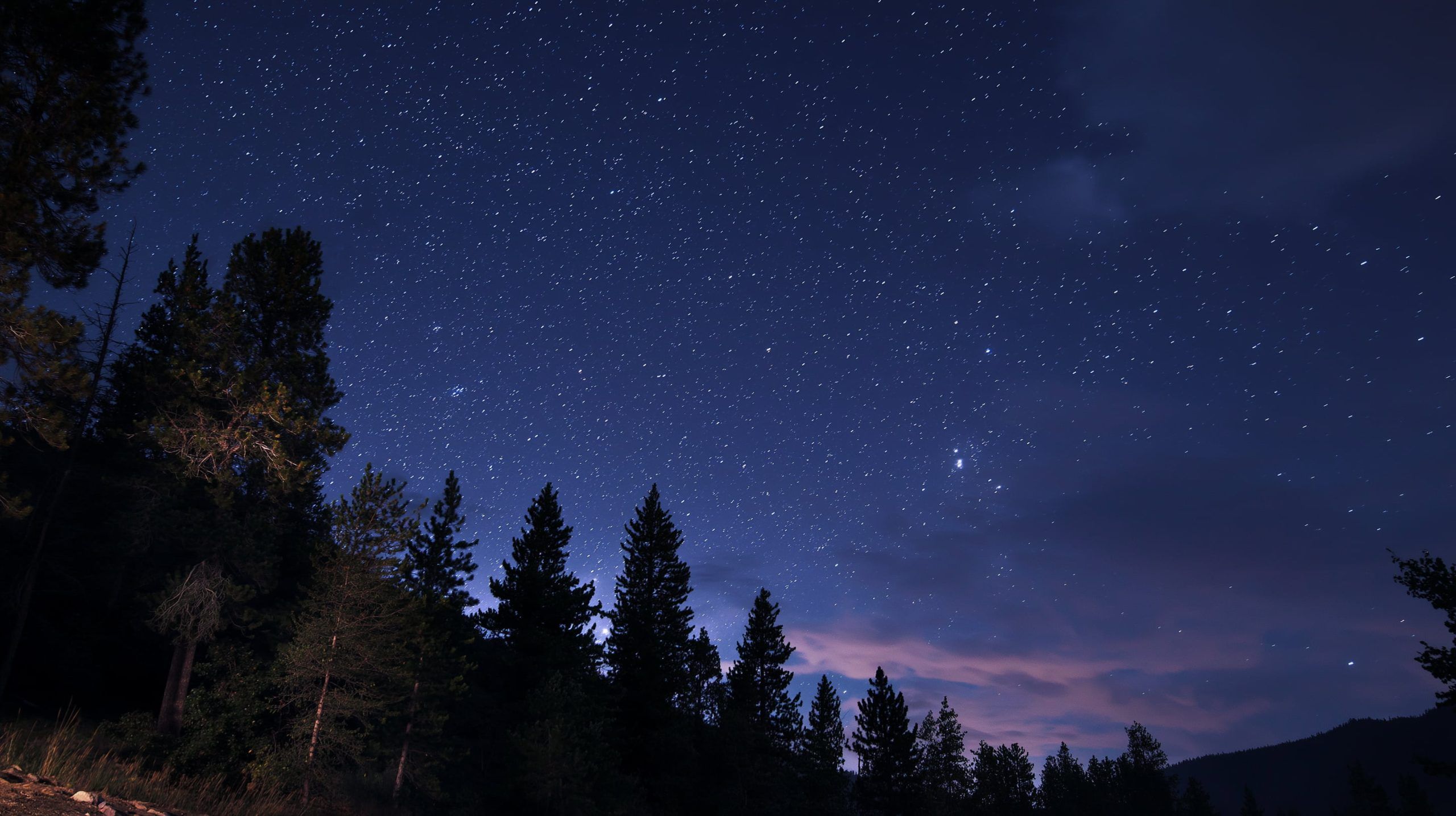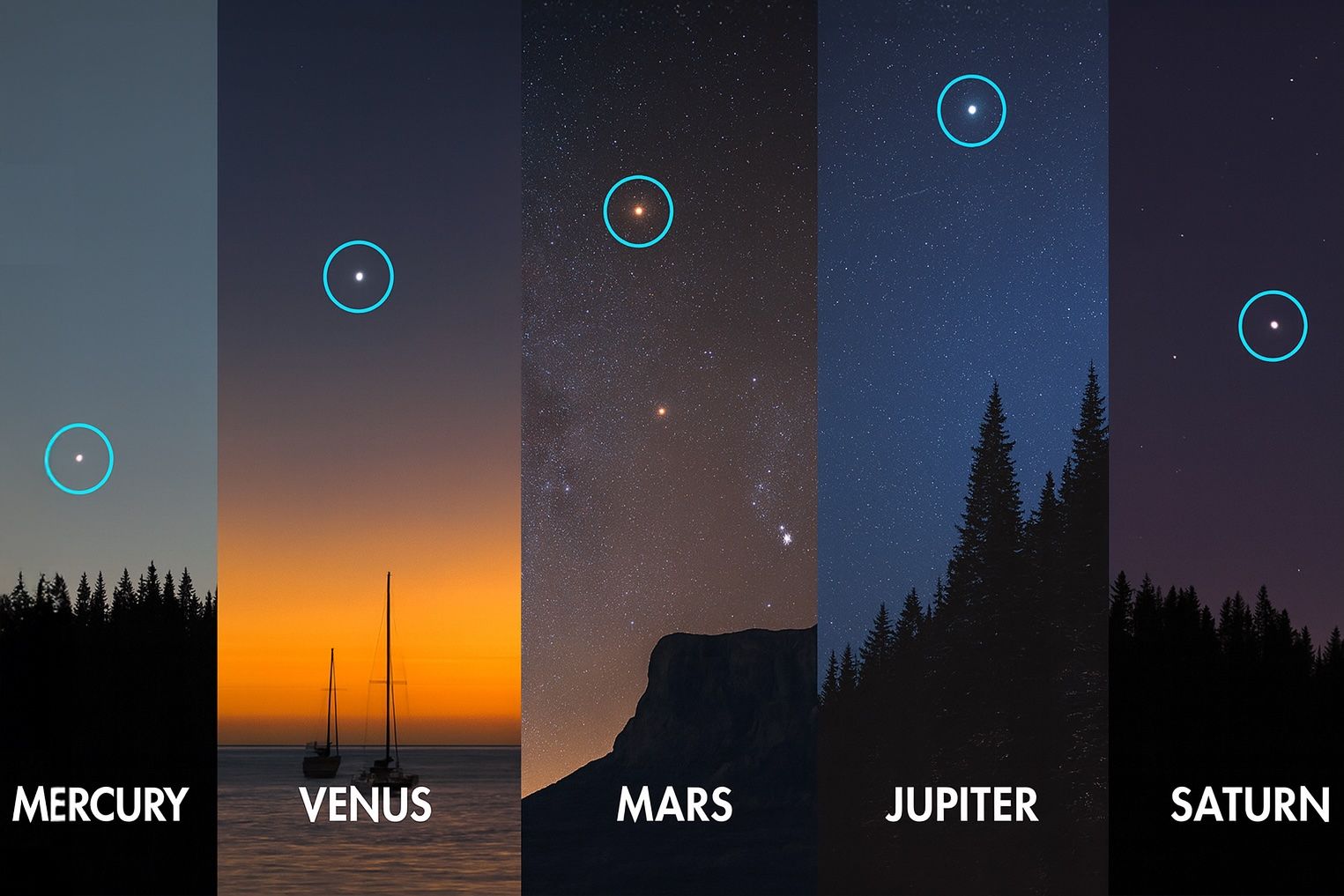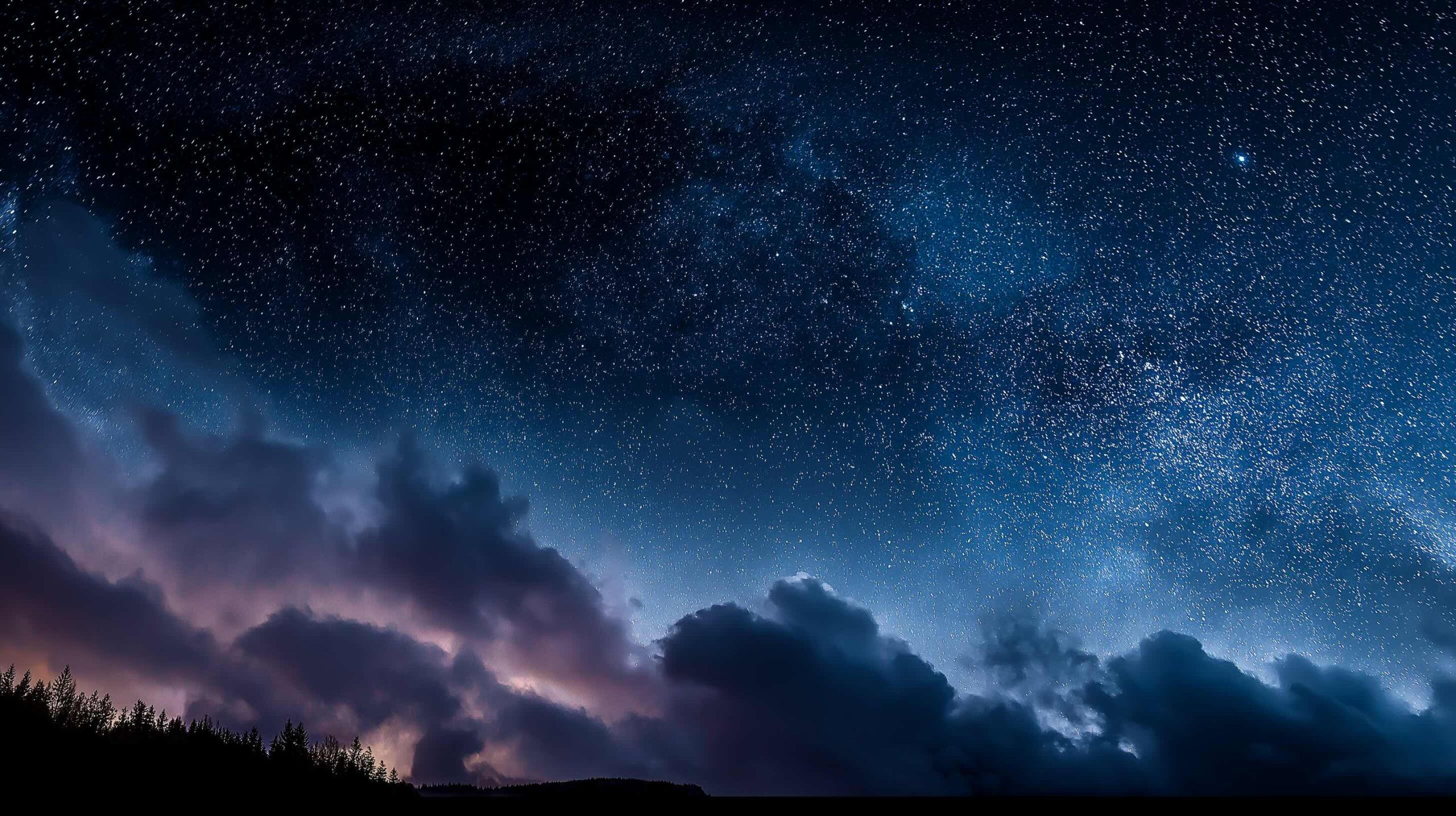
Aug 27–28 Sky Spectacle: Dark Skies, “Black Moon” Magic & SpaceX Light Shows
Moonless “Black Moon” Nights & Meteor Sightings Late August 2025 offers especially dark nights for skywatchers. The new moon on August 23 was the third new moon in a season with four (an event sometimes nicknamed a “Black Moon”) space.com.




